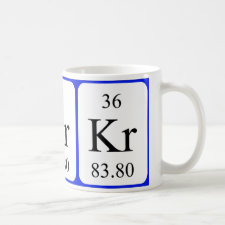
Authors: Xu YQ, Huang T, Meng MJ, Yan YS
Article Title: Fluorescent polydopamine based molecularly imprinted sensor for ultrafast and selective detection of p-nitrophenol in drinking water.
Publication date: 2021
Journal: Microchimica Acta
Volume: 189
Issue: (1)
Article Number: 25.
DOI: 10.1007/s00604-021-05106-3
Abstract: A highly effective fluorescent molecularly imprinted sensor (F-PDA-MIS) based on fluorescent polydopamine (F-PDA) was successfully synthesized for selective and ultrafast detection of p-nitrophenol (P-NP) in drinking water. F-PDA with abundant surface functional groups has been artfully modified to firstly serve as both fluorescent monomer and functional monomer in the synthesis of a uniform luminous F-PDA-MIS, which can greatly improve the detection efficiency. As expected, F-PDA-MIS had an obvious emission wavelength of 535 nm with the optimal excitation wavelength at 400 nm. Specially, F-PDA-MIS could detect P-NP in the range 100 to 1100 nM with much lower detection limit of 24.2 nM within 120 s compared with other conventional imprinted fluorescent sensors based on pure quantum dots (QDs) or dyes. This excellent test phenomenon is mainly ascribed to the rapid electron transfer between F-PDA and P-NP. Satisfactory recovery of 98.0-104% for mineral water and 98.6-106% for boiling water were obtained with relative standard deviations (RSDs) of 2.7-3.4% and 2.6-3.5% respectively. The detection reliability of F-PDA-MIS was verified by the comparison with high-performance liquid chromatography (HPLC-UV). Consequently, F-PDA as a fluorescence functional monomer has been shown to be a possible strategy to effectively improve the detection limit and shorten response time of the target determination in water
Template and target information: p-nitrophenol, P-NP, 4-nitrophenol
Author keywords: Fluorescent polydopamine, molecularly imprinted technique, fluorescent functional monomer, p-nitrophenol, Rapid response



Join the Society for Molecular Imprinting

New items RSS feed
Sign-up for e-mail updates:
Choose between receiving an occasional newsletter or more frequent e-mail alerts.
Click here to go to the sign-up page.
Is your name elemental or peptidic? Enter your name and find out by clicking either of the buttons below!
Other products you may like:
 MIPdatabase
MIPdatabase









